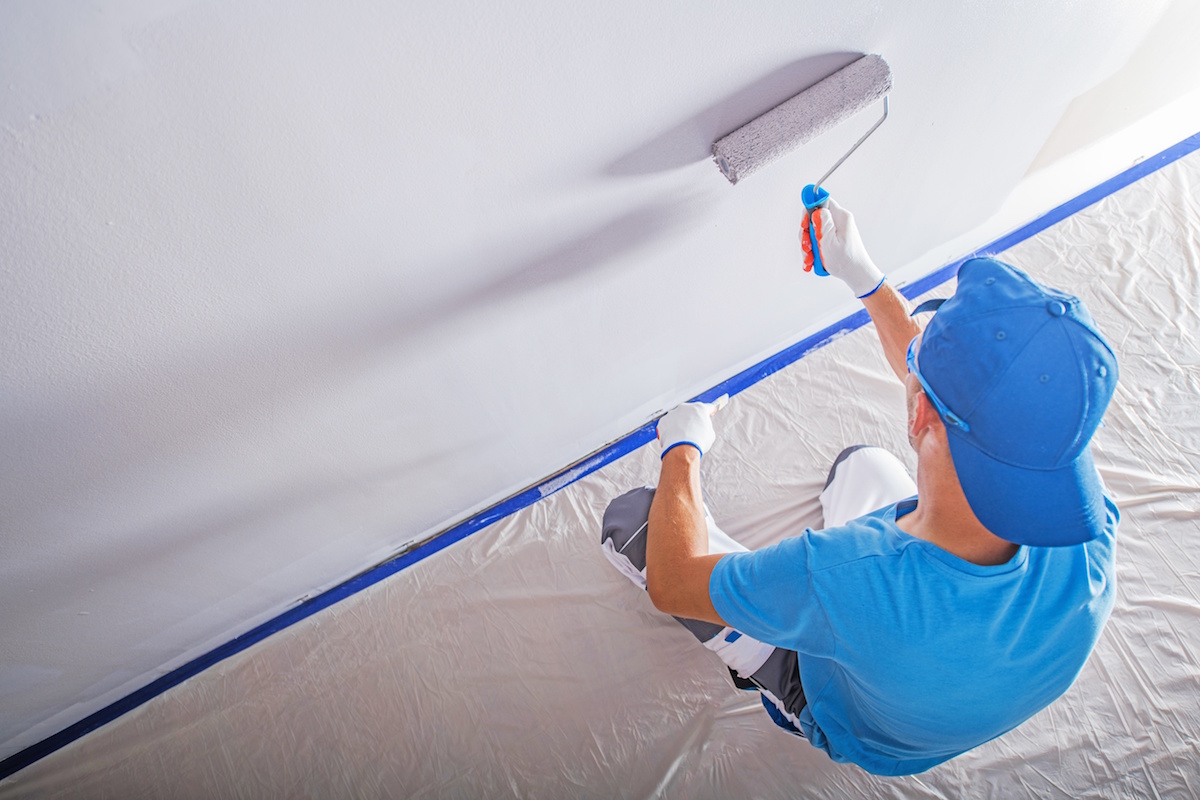When it comes to maintaining a healthy home, most of the focus tends to stay indoors — choosing eco-friendly cleaners, improving air circulation, or managing allergens. Yet, the health of your living space begins outside. The condition of your home’s exterior directly affects the air you breathe, the safety of your structure, and the well-being of everyone inside.
Small maintenance issues that seem cosmetic — like peeling paint, cracked siding, or a clogged gutter — can quietly lead to much bigger problems. Over time, they may cause water intrusion, pest infestations, or air contamination that contribute to chronic allergies and respiratory illnesses. In short, your home’s first line of defense can quickly become its greatest source of risk if neglected.
The Chain Reaction of Exterior Neglect
Your home’s outer shell is designed to shield against natural elements, but once that protection weakens, small problems can escalate into serious health and safety concerns.
• Moisture Breeds Mold and Mildew — Even a slow roof leak or minor gap in siding can let moisture seep into walls or ceilings. Hidden dampness becomes a perfect environment for mold growth, which can release spores that aggravate asthma, allergies, and other respiratory issues.
• Pests Find Easy Entry Points — Gaps around doors, vents, and foundations make it easy for rodents and insects to find their way indoors. These unwanted guests can carry bacteria, contaminate food, and introduce allergens that affect indoor air quality.
• Clogged Gutters Create Breeding Grounds — When water collects in blocked gutters, it encourages the growth of bacteria and mold, while also attracting mosquitoes and other insects. Left unchecked, the moisture can seep into the roof or walls, worsening structural and health risks.
• Aging Materials Release Contaminants — Flaking paint, rusting metal, or rotting wood can emit dust and particles that worsen allergy symptoms. Over time, these materials may also compromise your home’s insulation and ventilation.
Building a Preventive Maintenance Routine
Fortunately, keeping your home healthy and safe doesn’t require major renovations—just regular, consistent care. Small steps taken throughout the year can help stop these issues before they start.
• Clean Gutters and Downspouts Regularly to keep water flowing away from your home and prevent leaks or mold growth.
• Seal Cracks and Gaps around doors, windows, and siding to block pests and stop moisture from seeping inside.
• Inspect the Roof Twice a Year for missing shingles, sagging spots, or soft areas that could lead to water damage.
• Wash Exterior Surfaces to remove pollen, dirt, and mildew before they spread indoors.
• Trim Vegetation and Improve Drainage around the foundation to prevent moisture buildup and pest access.
These preventive habits not only reduce repair costs but also protect the air quality and comfort inside your home.
Healthier Living Starts on the Outside
Your home’s exterior does far more than enhance curb appeal—it acts as the first barrier between your family and environmental hazards. When properly maintained, it supports cleaner air, prevents costly structural damage, and helps create a more comfortable and resilient living environment.
Investing a little time in exterior care today can safeguard your family’s health and your home’s longevity for years to come. For more, check out the accompanying graphic from Lane’s Contracting, an expert in the triangle area roofing business.

